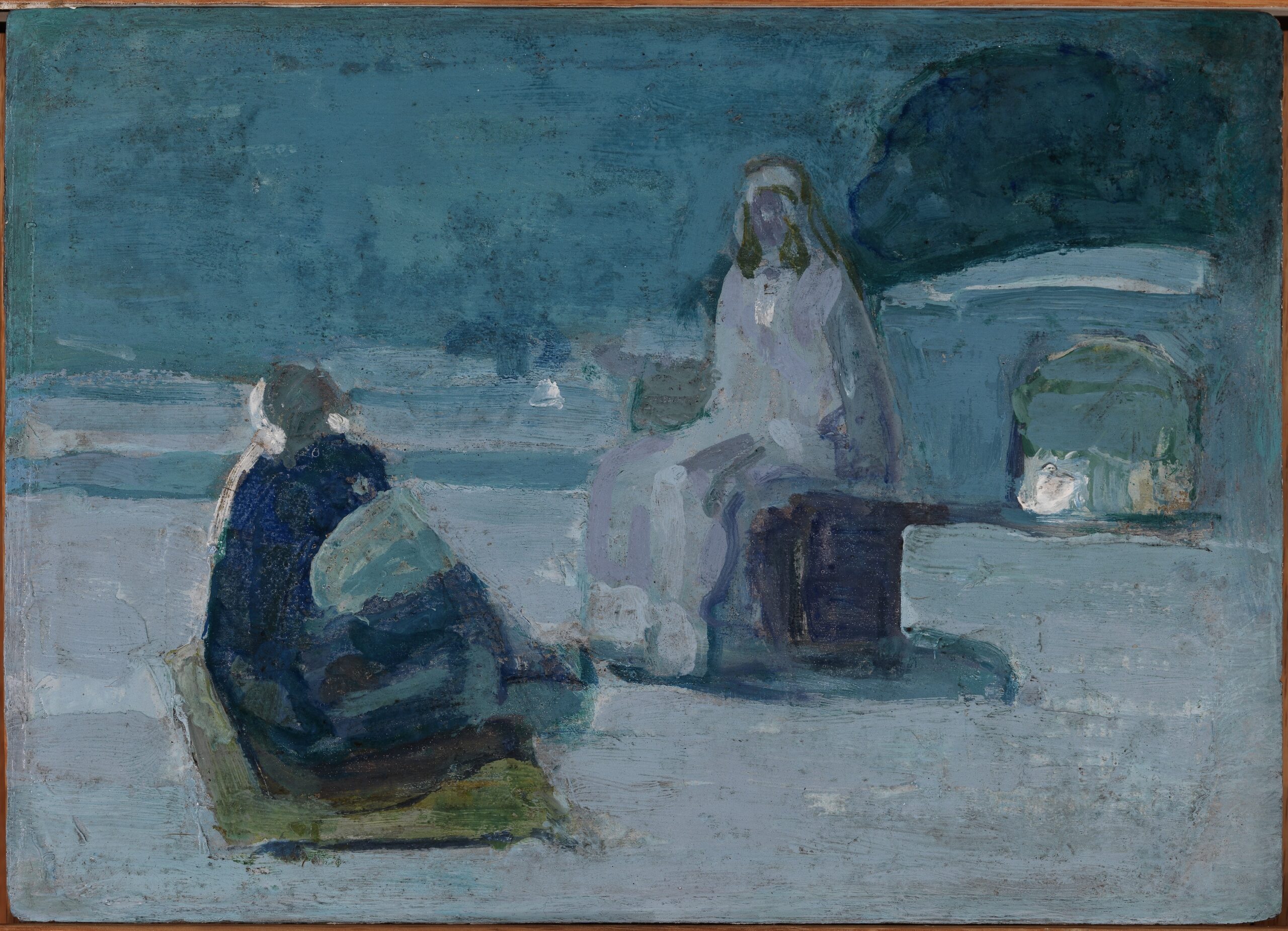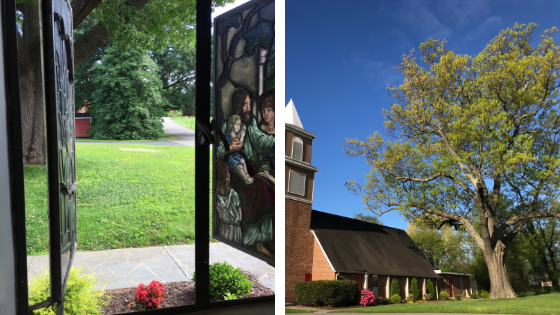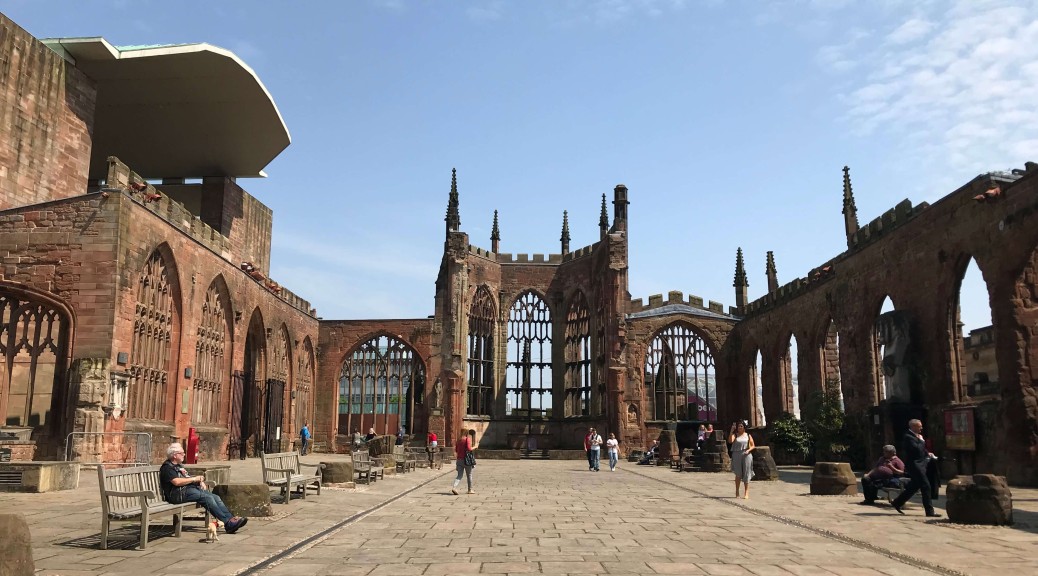This sermon was given at St. Augustine’s Episcopal Church, Washington, D.C. on March 14, 2021, Laetare Sunday. John 3.14-21 (lectionary for the day here).
continue reading.

This sermon was given at St. Augustine’s Episcopal Church, Washington, D.C. on March 14, 2021, Laetare Sunday. John 3.14-21 (lectionary for the day here).
continue reading.
Sermon at St. Elizabeth’s Episcopal Church in Roanoke, Va., on July 14, 2019, the fifth Sunday after Pentecost, two Sundays before the last Sunday before I stepped away from my work there as director of music in order to begin studies at Virginia Theological Seminary, as a postulant for holy orders (priesthood) in the Episcopal Diocese of Southwestern Virginia.
***
“What must I do to inherit eternal life?”
“Love the Lord your God with all your heart, and with all your soul, and with all your strength, and with all your mind; and your neighbor as yourself.
“Do this and you will live.”
Jesus reaches back into the Hebrew law to answer this.
But then, the lawyer asks a second question, maybe because, well, he is a lawyer.

A sermon delivered at St. Elizabeth’s Episcopal Church in Roanoke, Virginia, on Good Friday, 2019 (April 19).
“Destroy this temple, and in three days I will raise it up.”
The first time I visited London, England, nearly 50 years had passed since the end of World War II, but you could still see the scars. One of our teachers showed us small, ragged pockmarks in the sides of great lion sculptures along the Thames, where shell fragments had struck them. The Imperial War Museum and other sites narrate the violence of the battles and the violence of the Holocaust. German bombs fell on the city for six years, killing 30,000 people and destroying 70,000 buildings. The beloved dome of St. Paul’s Cathedral survived because teams of people remained at the church round the clock, chasing after and disposing of anything that fell on its roof. And even that St. Paul’s, if you go a few more centuries back in history, was reborn after its own destruction – the previous St. Paul’s, a massive Gothic structure, was destroyed in the Great Fire of 1666 – the one we know was designed by the architect Christopher Wren, who re-visioned not only the churches but the very layout of London itself in the years following that great disaster.